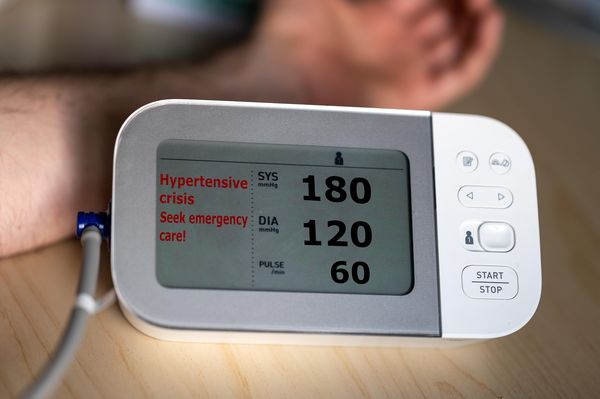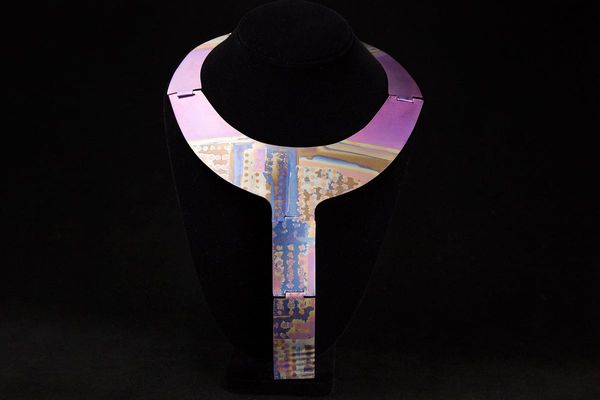
NAGASAKI -- The town of Shin-Kamigoto, Nagasaki Prefecture, is looking to use the area's thriving tuna farming industry to promote itself as a place to enjoy truly fresh tuna, not the defrosted kind.
The town government aims to attract tourists by promoting this local specialty to the rest of the nation.
On a recent morning, five employees of local aquaculture company Shouei Suisan were hauling large farmed tuna aboard a boat in an offshore fish pen off the town in the Goto islands. They shipped 15 tuna that day.

"The number of fans in town is increasing," said Shohei Ando, 30, one of the five workers, referring to the tuna. "I hope more people will have the chance to try it."
According to the town and Nagasaki prefectural governments, the waters off the town are ideal for aquaculture as the temperature is stable throughout the year because the undulating sea makes it easier for the water on the surface to mix with that at the seabed.
Tuna farming in the town began around 2008, and the volume of farmed bluefin tuna totaled 505 tons in 2017, one of the largest numbers in Japan. Most of the farmed fish is frozen to be shipped to major consumption areas such as the Kanto and Kansai regions.
Tuna's quality can deteriorate, causing an unfavorable texture, over the course of being frozen and thawed, according to the town government. In contrast, the fish can be consumed in the town right after being caught.
This fact prompted Shigeo Nakamura, 70, president of a local supermarket operator, to explore the possibility of using the delicacy of local raw tuna to position the town advantageously. He helped set up a public-private promotion council in June, whose members include the town government, a fisheries cooperative, his supermarket and aquaculture companies. The council created a framework for consuming farmed tuna in the town, providing the fish to local restaurants, in addition to selling the product at the supermarket.
The council held its first aquaculture tuna fair in July and August. Nine restaurants participated, offering tuna sashimi rice bowls, priced from 1,300 yen to 2,592, yen and courses that started at 6,800 yen. About 1,400 meals were served during the fair, with total sales reaching 8 million yen, including those at the supermarket, far exceeding the expected 5 million yen.
"That helped me gain confidence to make our town into 'Japan's top island for eating tuna,'" Nakamura said.
A second fair was held from Oct. 12 to Nov. 4, with a third event scheduled for Dec. 1 to 24.
Read more from The Japan News at https://japannews.yomiuri.co.jp/







